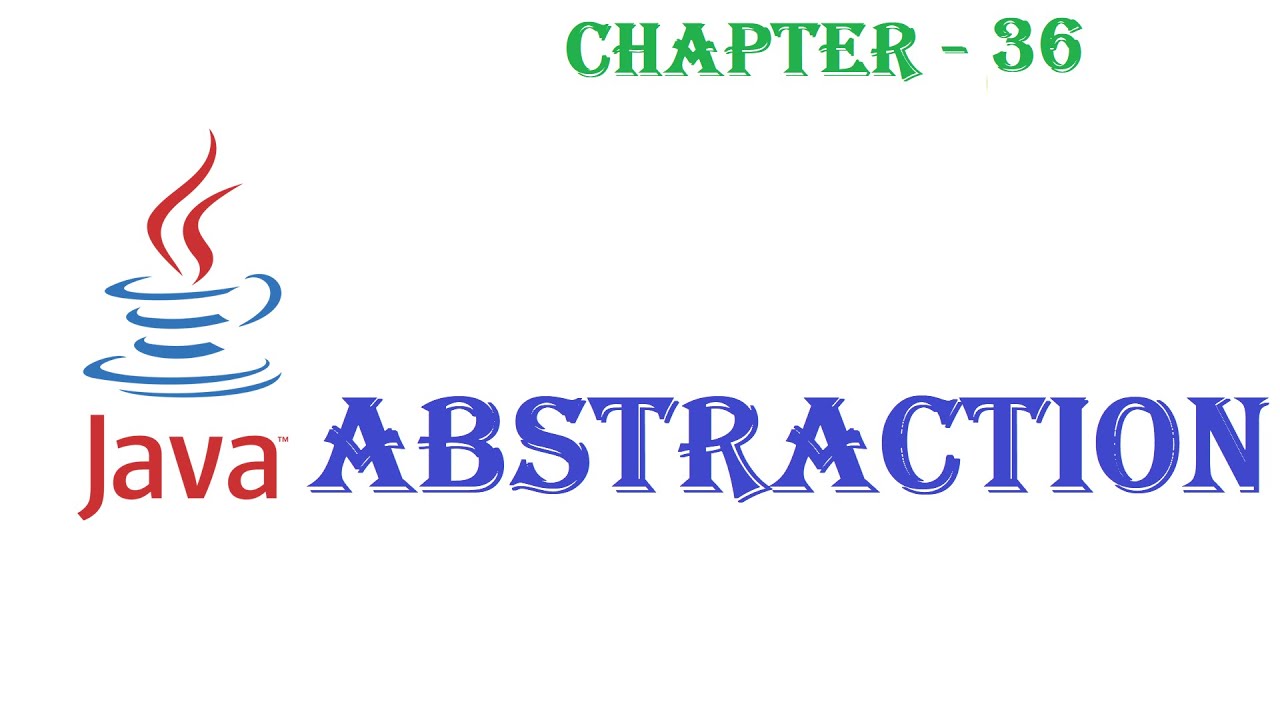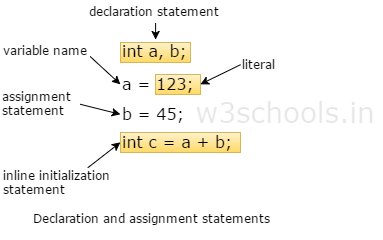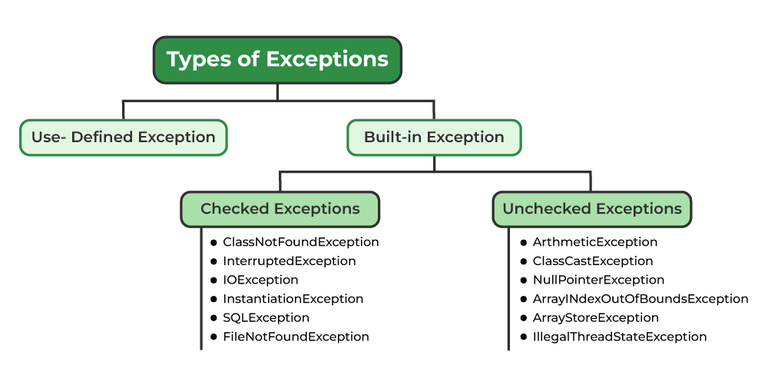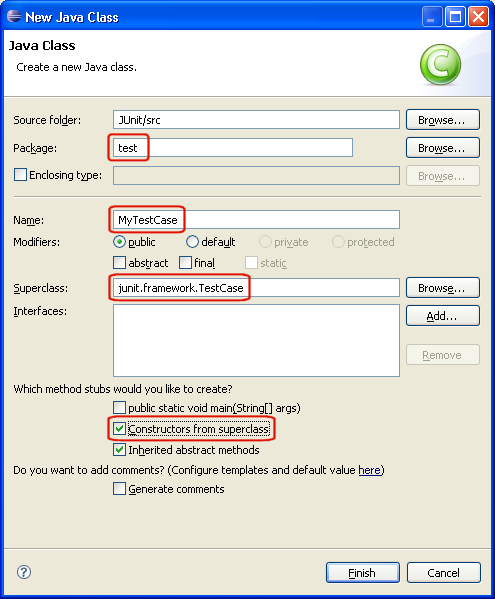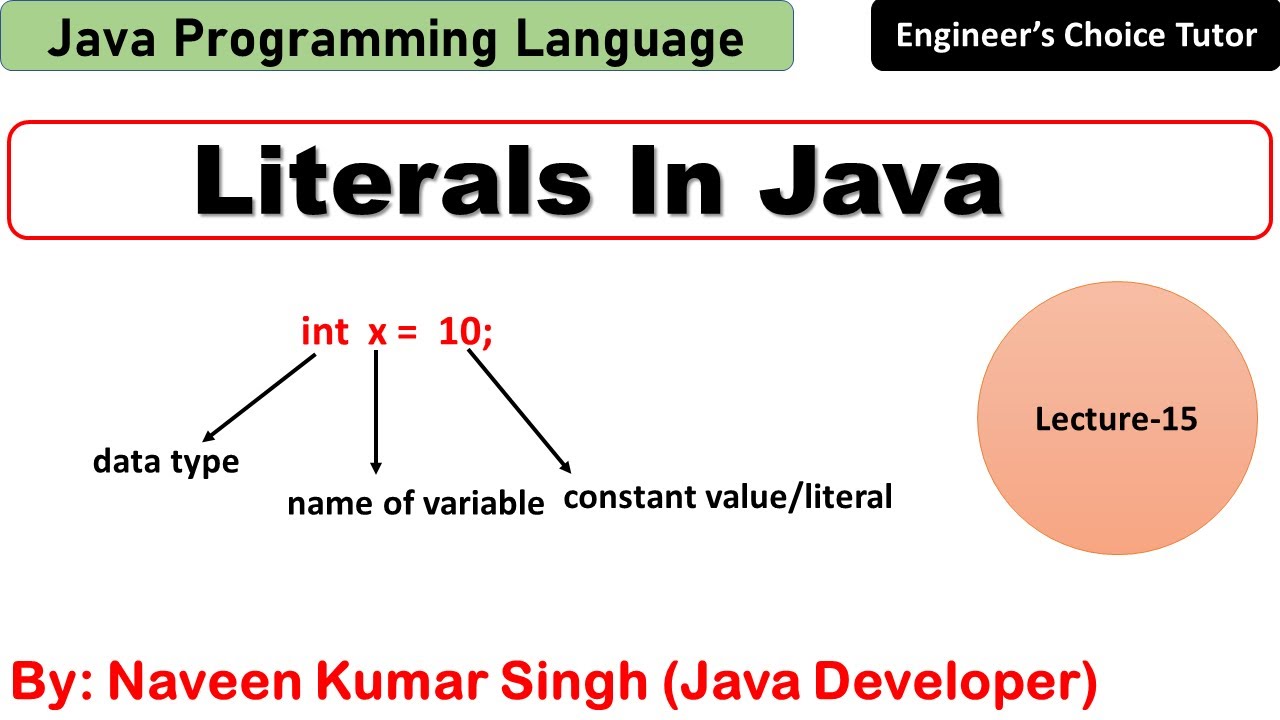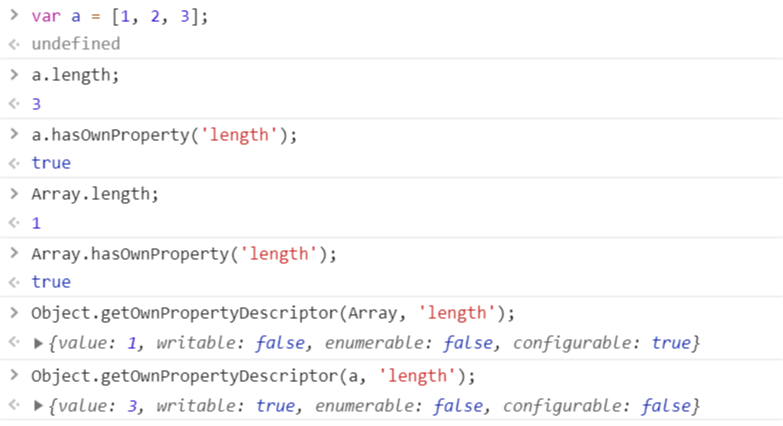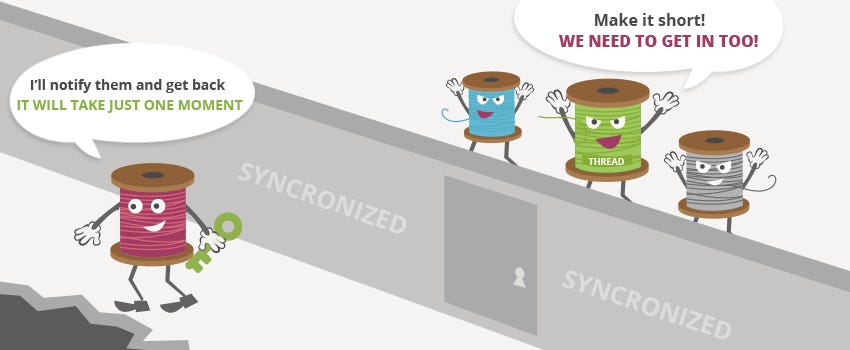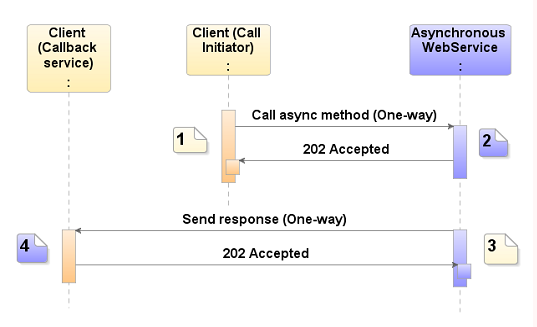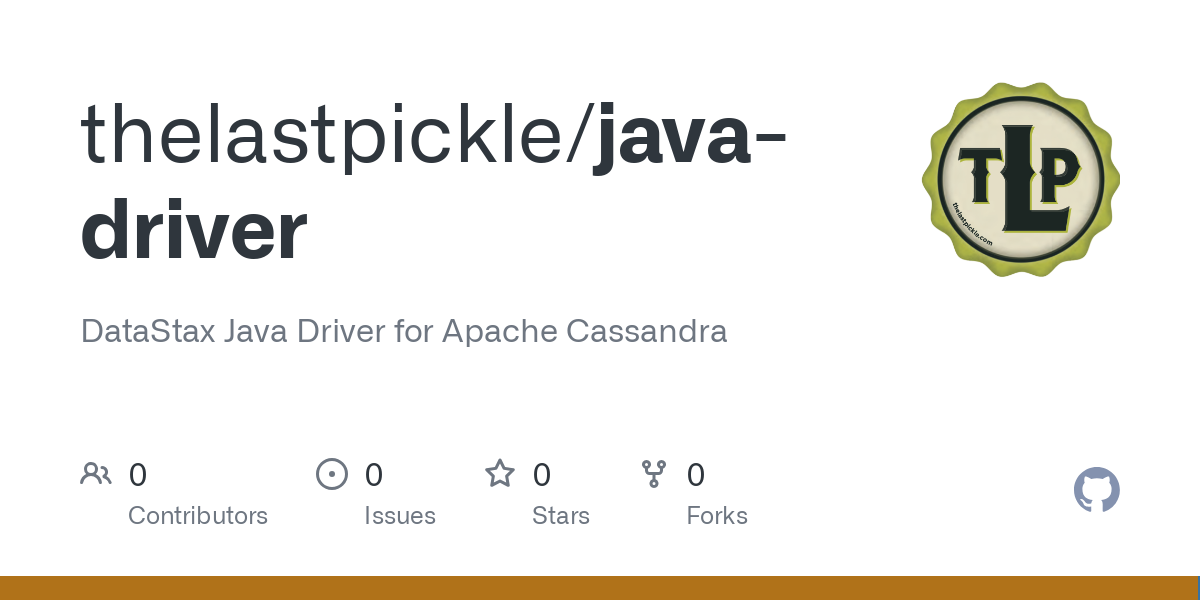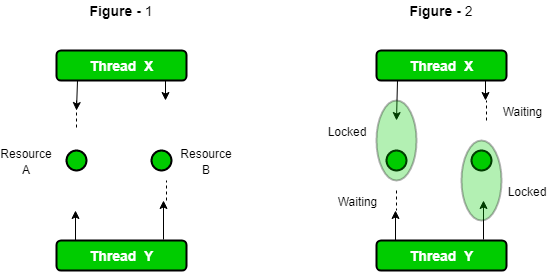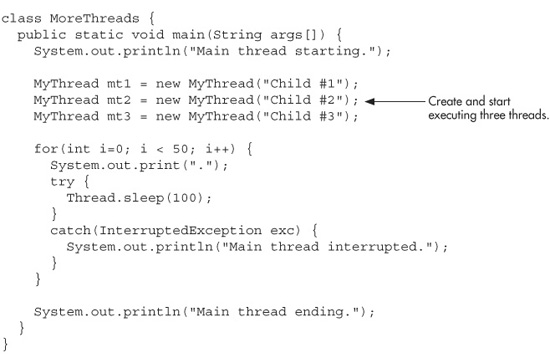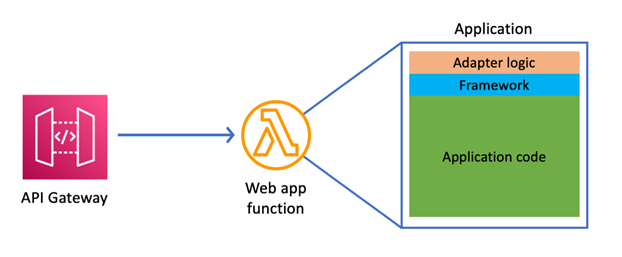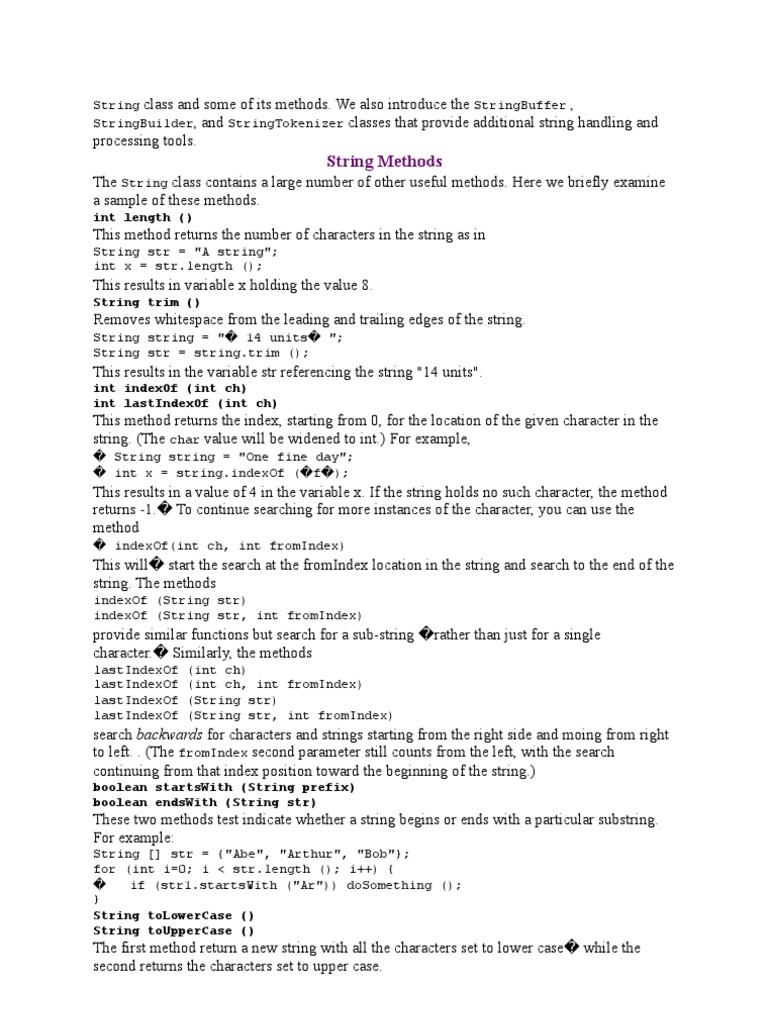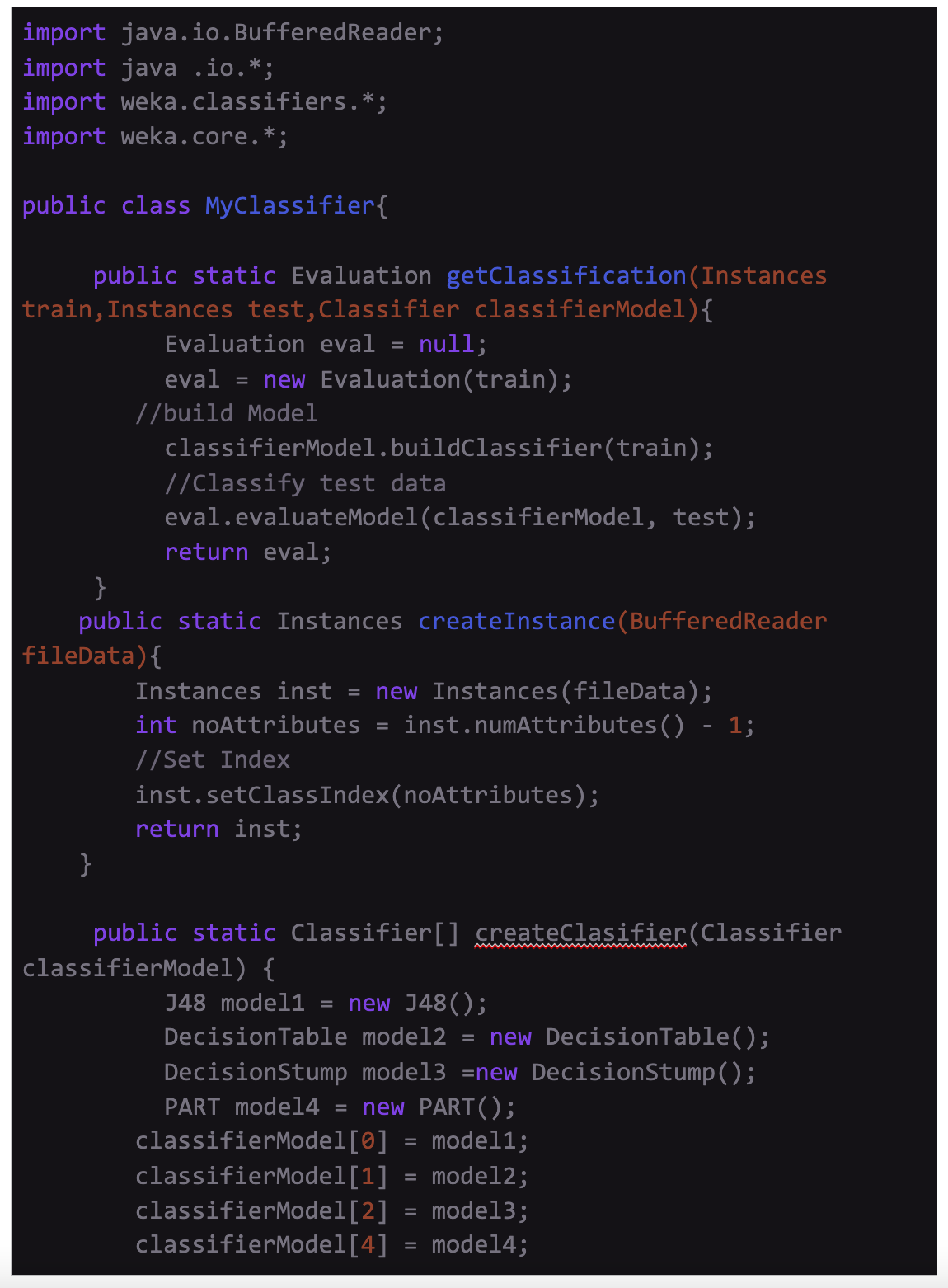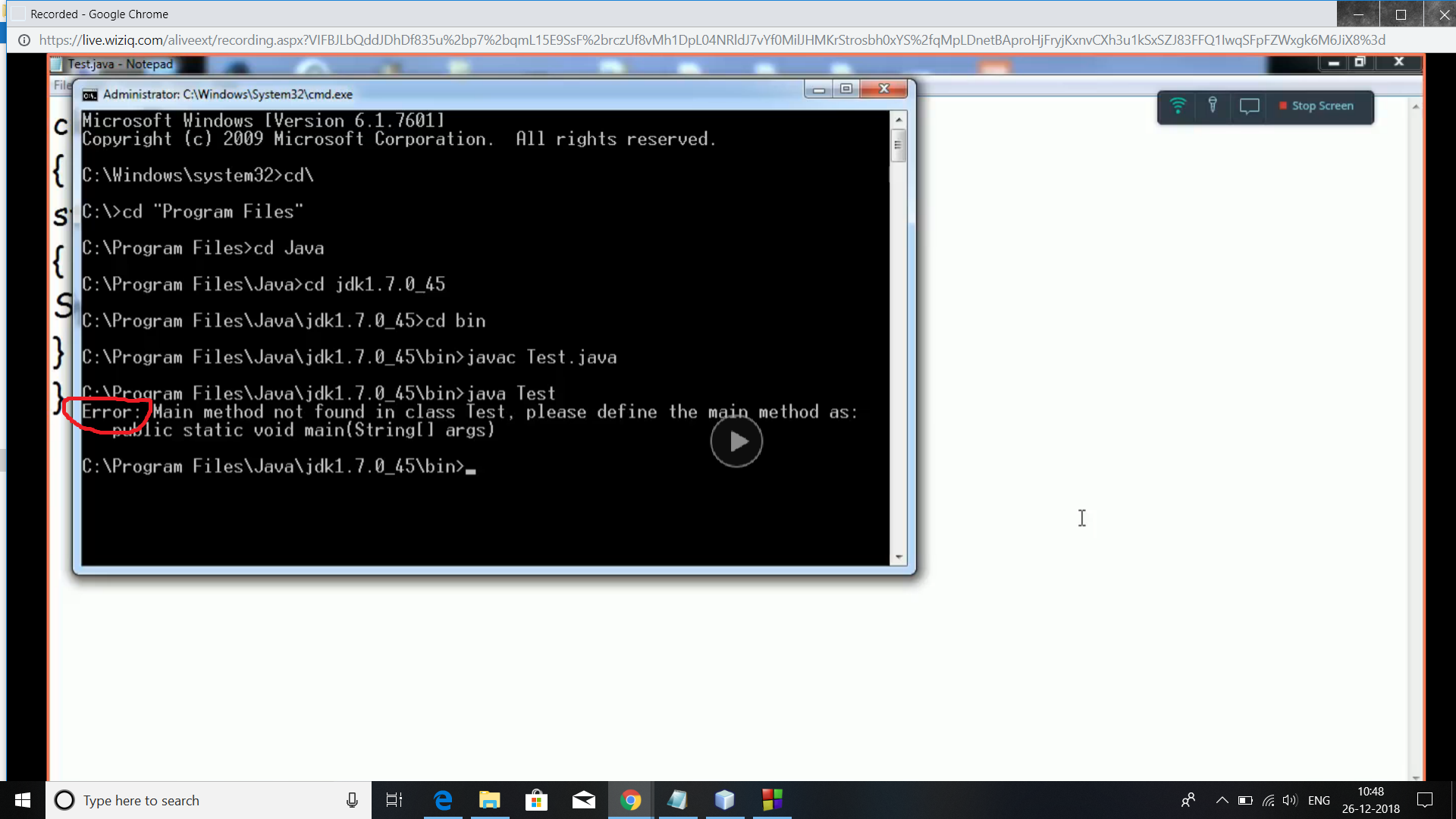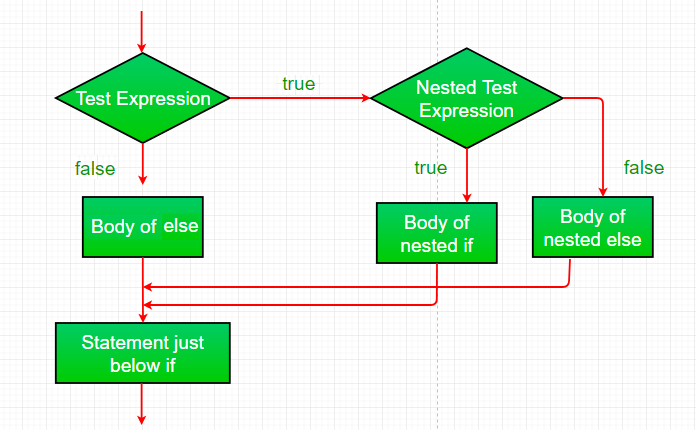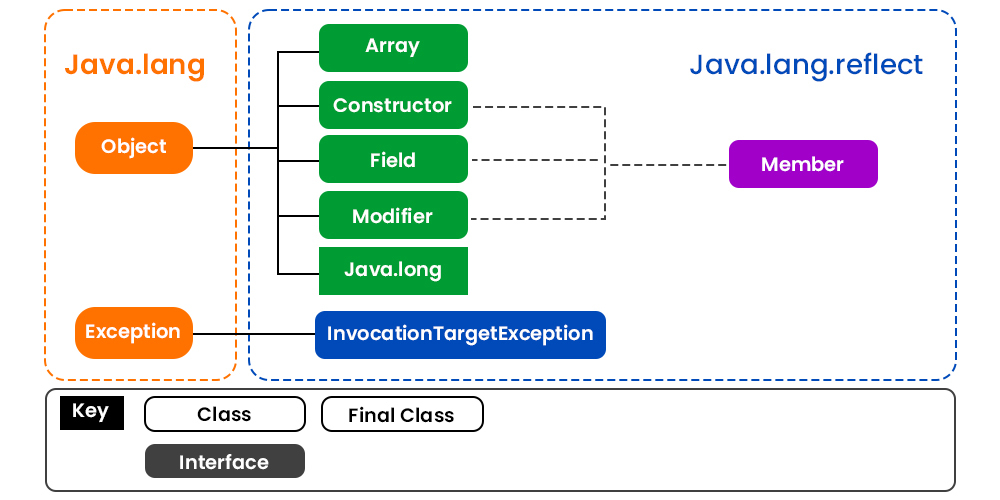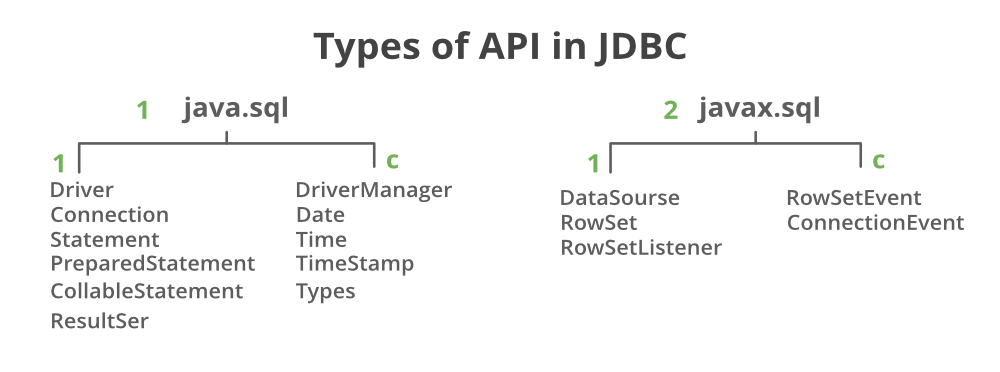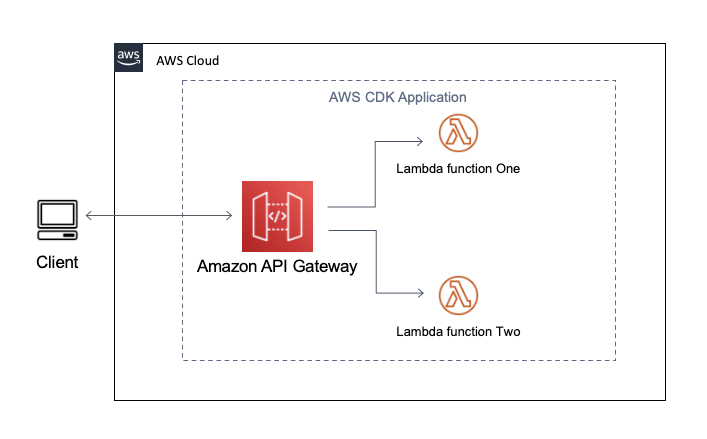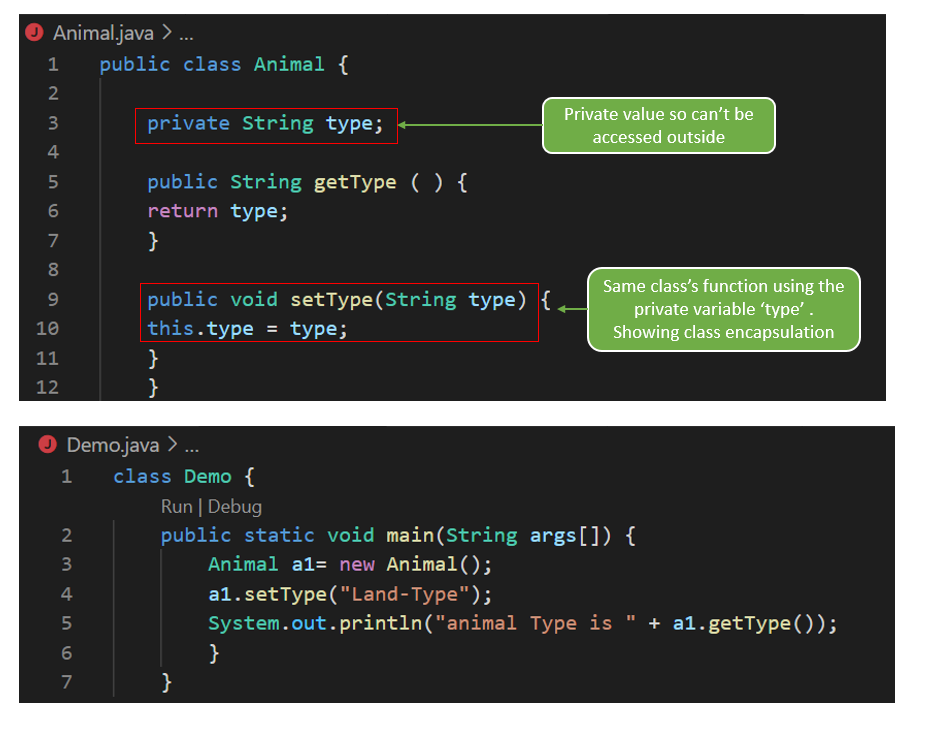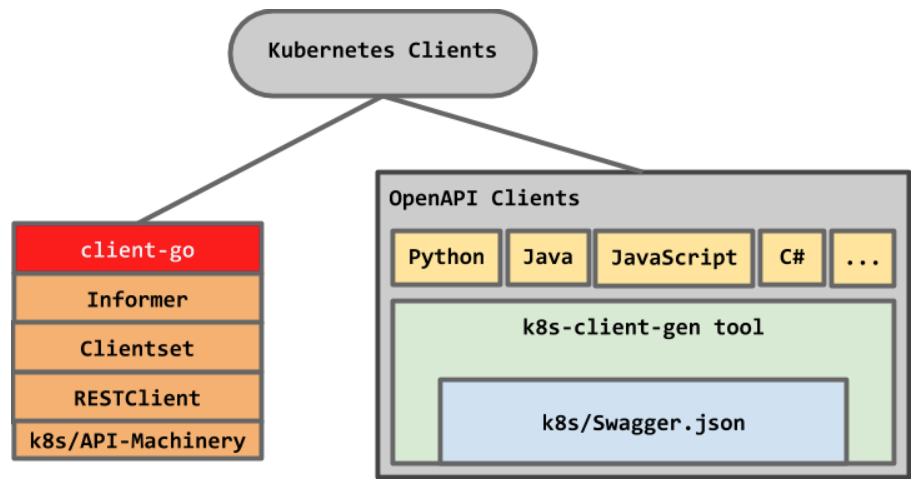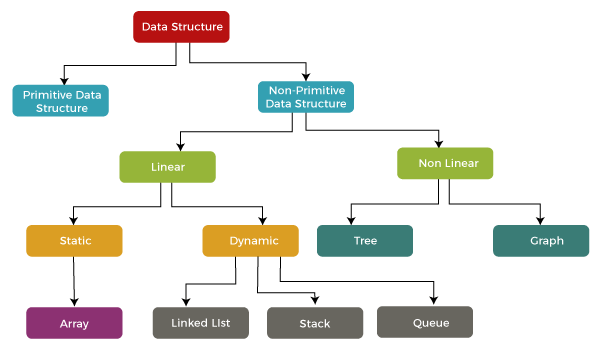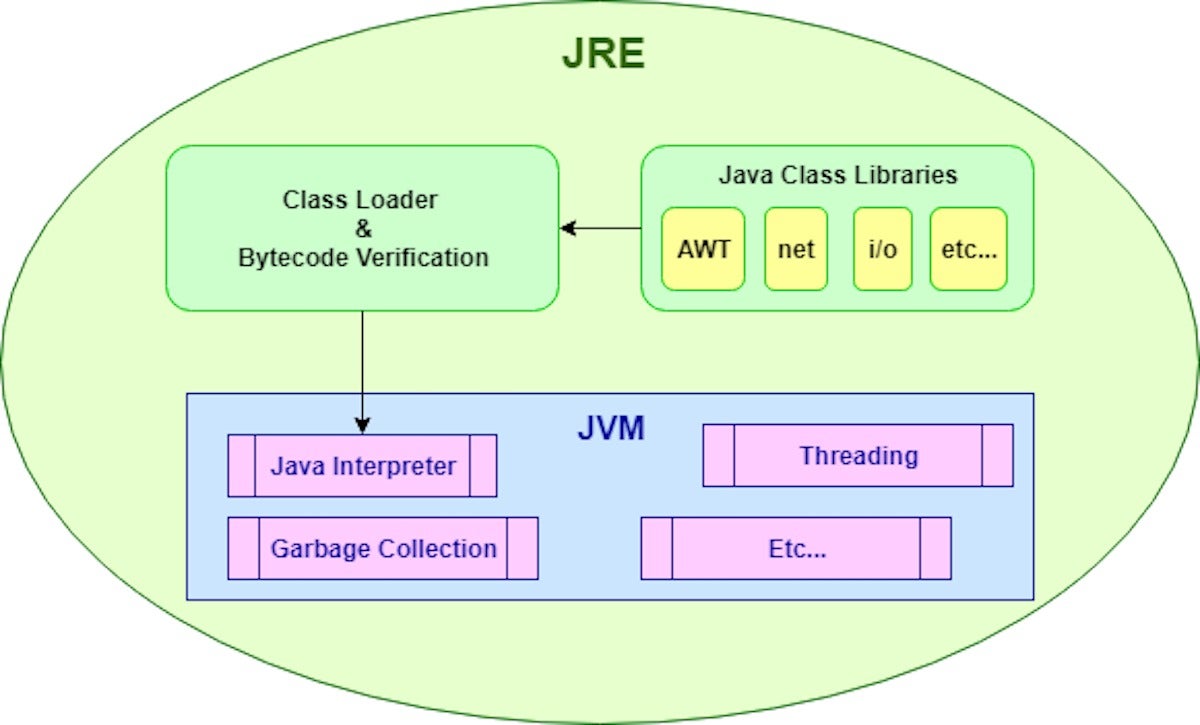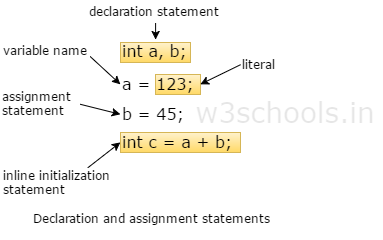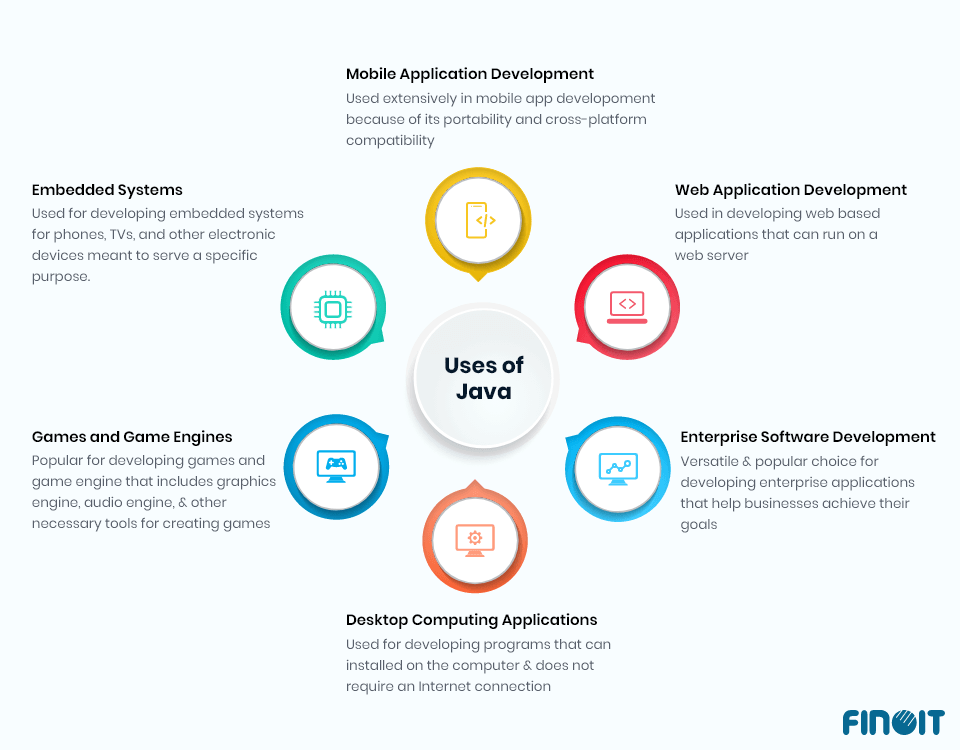What is Java OpenCV?
What is Java OpenCV?
I'll respond in English for this specific question.
Java OpenCV (Open Source Computer Vision Library) is a Java wrapper for the OpenCV library, which allows developers to create computer vision applications using the Java programming language. OpenCV is a widely used library for computer vision and machine learning tasks, originally developed by Intel, and it provides a comprehensive set of tools and functions for image and video processing, feature detection, object recognition, tracking, and more.
The Java OpenCV wrapper is designed to provide an easy-to-use interface for developing computer vision applications in Java. It allows developers to access the functionality provided by OpenCV without having to learn C++ or use the native OpenCV API. This makes it a popular choice for developers who are already familiar with Java and want to leverage the power of OpenCV without having to switch languages.
With Java OpenCV, you can perform tasks such as:
Image processing: Load and manipulate images, apply filters, convert formats, and more. Object recognition: Use pre-trained models or train your own using machine learning algorithms. Feature detection: Extract features from images, such as edges, corners, and shapes. Tracking: Track objects across frames in a video sequence. Machine learning: Train and use machine learning models for tasks like classification, regression, and clustering.Java OpenCV is widely used in various fields, including:
Robotics: For perception, navigation, and control tasks. Computer vision research: For developing new algorithms and techniques. Image processing: For tasks such as image filtering, enhancement, and restoration. Surveillance: For monitoring and tracking objects in real-time video feeds. Medical imaging: For analyzing medical images, such as MRI or CT scans.To get started with Java OpenCV, you'll need to:
Download the Java OpenCV library from the official website. Add the library to your Java project using Maven or Gradle (depending on the build tool you're using). Learn the basics of OpenCV and Java programming language. Explore the many examples and tutorials available online to get started with computer vision projects.In summary, Java OpenCV is a powerful library that allows developers to create computer vision applications in Java, leveraging the functionality provided by OpenCV without having to learn C++. It's widely used in various fields, including robotics, research, image processing, surveillance, and medical imaging.
What is the alternative to OpenCV for Java?
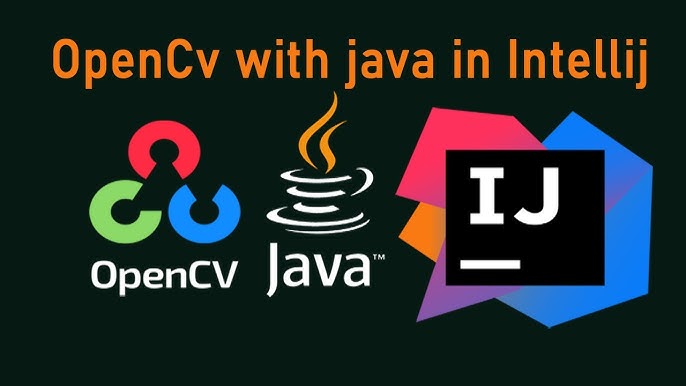
The age-old debate: which computer vision library should I use? When it comes to Java, OpenCV is a popular choice due to its vast community and extensive documentation. However, there are other alternatives worth considering, each with their own strengths and weaknesses.
Java Advanced Imaging (JAI):
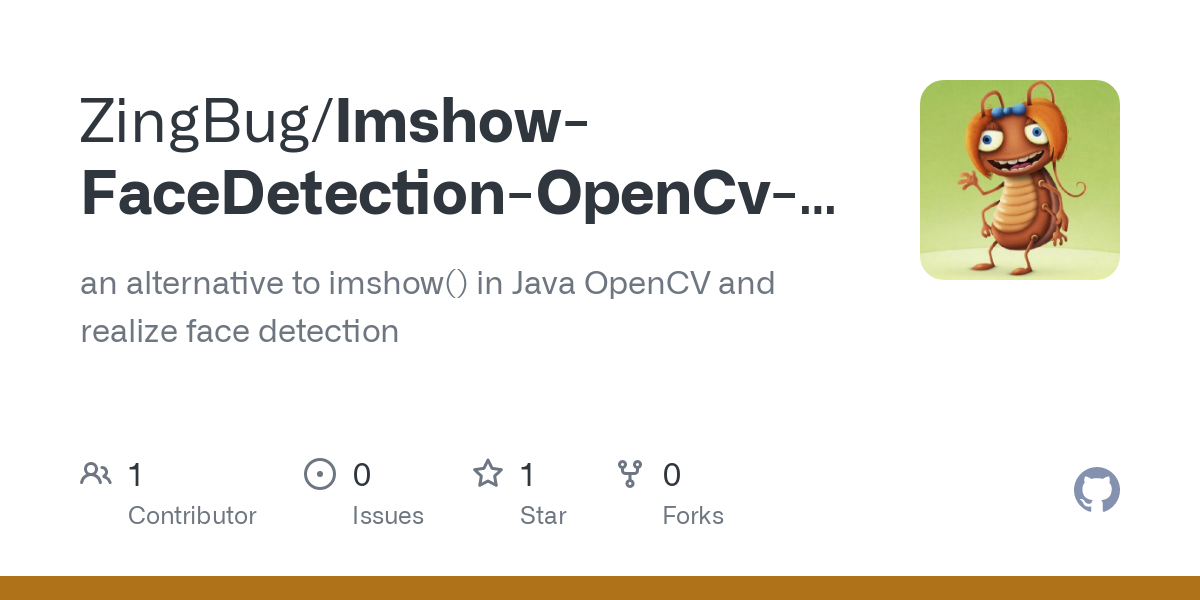
JAI is a mature Java library that provides image processing capabilities, including filtering, convolution, and color conversion. While not as comprehensive as OpenCV, JAI is a solid choice for basic image processing tasks. It's also widely used in industries like healthcare and finance.
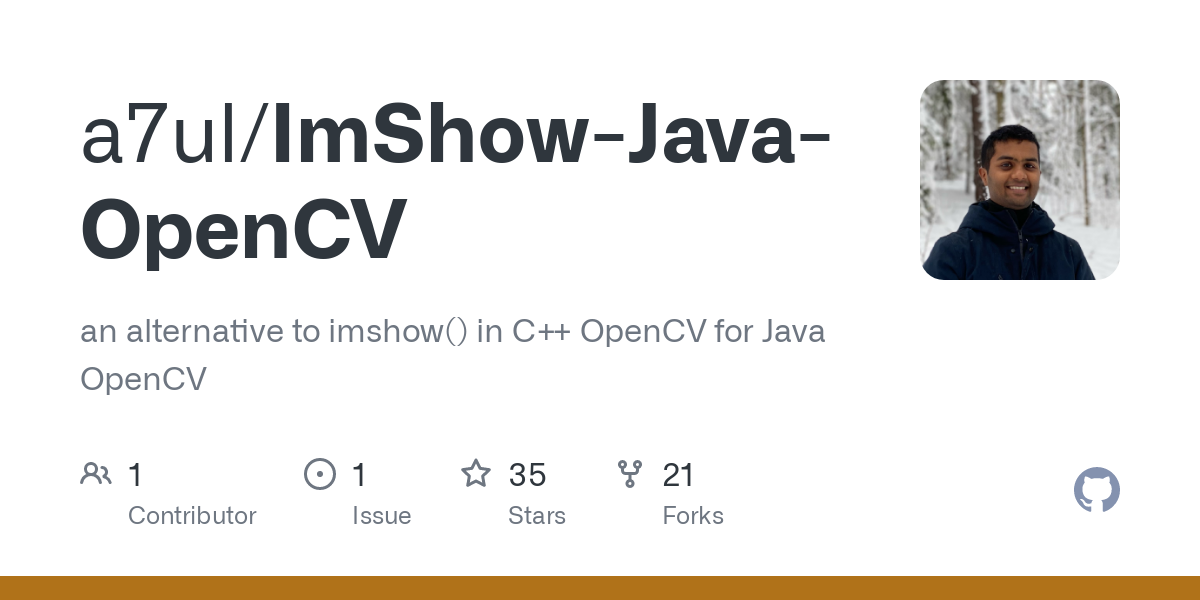
Java Media Framework (JMF):
JMF is another Java library that focuses on audio/video/image processing. Although it doesn't offer computer vision-specific features, it can be used for tasks like video decoding and encoding, which might be useful for certain applications. JMF is more geared towards multimedia processing than traditional computer vision.
JavaCV (now part of Weka):
Initially developed as a Java wrapper around OpenCV, JavaCV has since become a standalone library with its own set of image processing tools. Although it's not as extensive as OpenCV, JavaCV offers a simple and efficient way to perform tasks like thresholding, edge detection, and object recognition.
Apache Commons Imaging (ACI):
ACI is a Java library that provides a wide range of imaging-related functions, including image filtering, transformation, and manipulation. While it's not specifically designed for computer vision, ACI can be used for tasks like image processing, analysis, and visualization.
IJ (ImageJ):
IJ is a popular open-source Java library specifically designed for image processing and computer vision. It offers a wide range of plugins and tools for tasks like filtering, thresholding, and object recognition. While not as extensive as OpenCV, IJ has its own strengths in specific areas like biomedical imaging.
VIGRA (Vision with Generic Algorithms):
VIGRA is a C++ library with a Java wrapper that offers a wide range of computer vision-related functions, including image processing, segmentation, and feature extraction. Although not exclusively a Java library, VIGRA has a strong following in the computer vision community and can be used for complex tasks like object recognition.
When deciding which alternative to OpenCV for Java, consider the specific requirements of your project:
If you need basic image processing capabilities, JAI or ACI might be sufficient. For audio/video/image processing, JMF could be a good fit. If you're working with biomedical imaging, IJ is definitely worth exploring. For more advanced computer vision tasks, JavaCV or VIGRA (with their C++ counterpart) might be the way to go.Remember that each library has its own strengths and weaknesses. Carefully evaluate your project's requirements and choose the library that best fits your needs.
